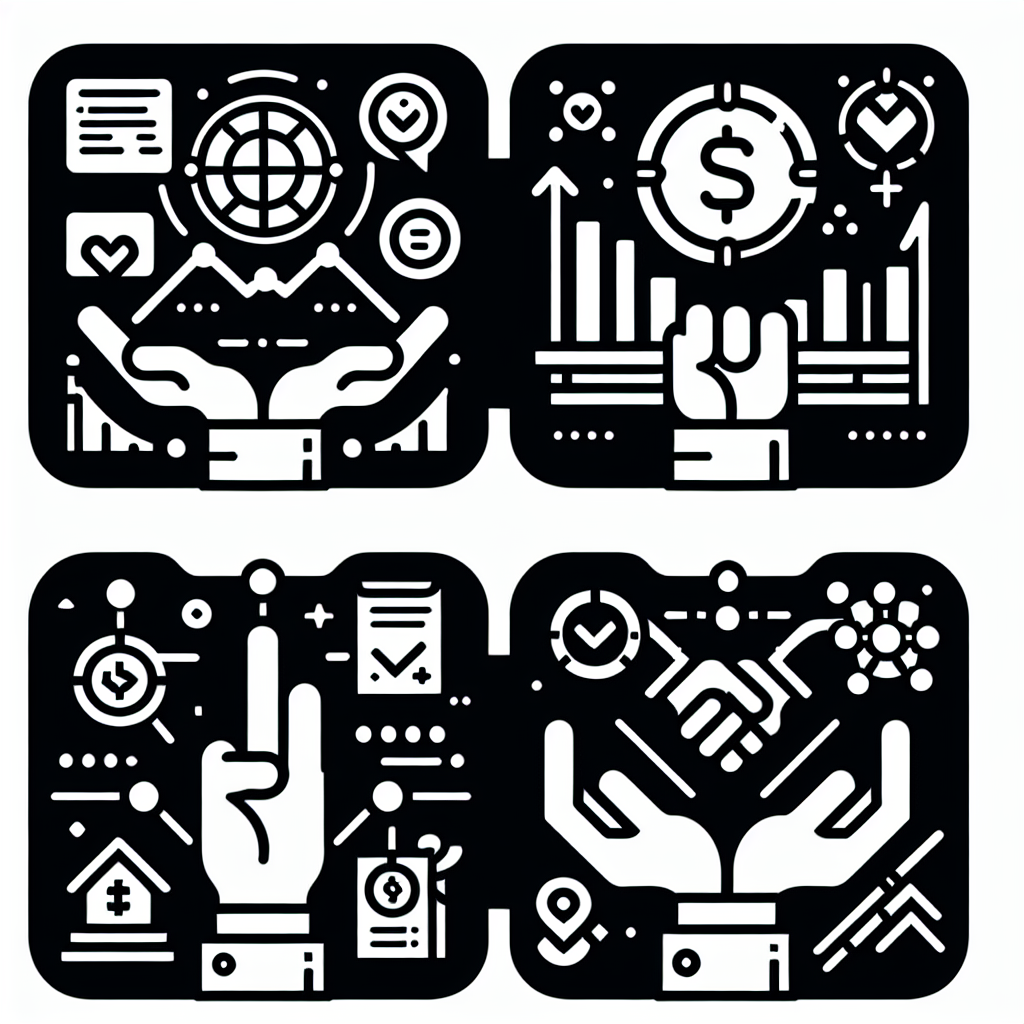Customer Lifetime Value (CLV) serves as a powerful metric to help businesses align their pricing, marketing, and retention efforts with strategic growth goals. By understanding how much revenue a customer contributes over their entire engagement with your company, you can focus resources on the most profitable market segments and fine-tune sales strategies to boost profits. In this article, we’ll explore what CLV is, why it matters, and how to both calculate and leverage it for maximum business impact.
Defining Customer Lifetime Value
Simply put, CLV is the total amount of profit or revenue a business can expect from a customer throughout the duration of their relationship. Recognizing the inherent value each customer brings helps businesses shape:
- Acquisition Costs: Allocate marketing budgets and sales efforts effectively.
- Retention Initiatives: Develop loyalty programs, personalized outreach, and proactive engagement.
- Forecasting Accuracy: Make more informed revenue and budget predictions.
Why CLV Is Critical for Growth
When companies deeply understand their CLV, they can prioritize resources where they will generate the highest return on investment. For example, businesses may shift focus to retaining existing customers or upselling them on premium products or services, ultimately strengthening revenue streams. In addition, CLV insights establish the foundation for long-term growth strategies by identifying the most profitable customer segments, steering product innovation, and guiding marketing campaigns.
CLV’s Role in Various Business Functions
- Marketing: Target high-value customers with personalized campaigns and loyalty rewards.
- Sales: Adapt pricing models and messages to match the projected lifetime value of each customer segment.
- Customer Service: Enhance retention with proactive support, from follow-up emails to personalized onboarding.
How to Calculate Customer Lifetime Value
While there are multiple ways to compute CLV, one commonly used formula involves three key factors:
- Average Transaction Value: Determine the typical value of each purchase.
- Purchase Frequency: Count how many transactions a customer makes in a given timeframe.
- Customer Lifespan: Estimate how long a typical customer remains active.
A simplified approach is to multiply these components:
CLV = (Average Transaction Value) x (Number of Transactions per Year) x (Customer Lifespan in Years)
Strategies for Leveraging CLV
With CLV insights, businesses can tailor their approaches to maximize profitability. Here are some practical strategies:
1. Refine Your Marketing Efforts
By understanding which customer segments have higher CLV, companies can design marketing campaigns that speak directly to these segments. Activities may include:
- Offering tiered rewards or exclusive perks
- Personalizing email marketing content
- Developing targeted referral programs
2. Optimize Sales Tactics
CLV can guide sales teams to invest their time wisely. Focus on proposals and pricing structures that align with the lifetime value of top-tier accounts. This could mean:
- Custom bundled products or services
- Special subscription pricing models
- Personalized demos or consultations
3. Enhance Customer Retention
Improving retention rates often has a substantial positive effect on overall profitability. Retention-oriented activities might involve:
- Regular check-ins and feedback loops
- Proactive problem resolution
- Consistent engagement with new offerings or upgrades
Integrating CLV Insights into Your Business
Once you calculate CLV, the next step is integrating these insights into decision-making. You can segment customers based on profitability, focus on retention measures, or refine Common Mistakes in Business Development and Sales that might be costing you valuable clients. Additionally, modern analytics tools make it simpler than ever to track CLV over time. These platforms can further help you adjust your budget, refine your support processes, and shape strategic growth initiatives.
Additional Resources
For a more holistic approach to business finance and growth, be sure to check out our Frequently Asked Questions About Business Finance for Entrepreneurs and our guide on Mastering Business Development Essential Skills for Success. These resources delve deeper into common challenges entrepreneurs face and offer workable solutions to scale effectively.
Conclusion and Call to Action
Understanding Customer Lifetime Value is a vital step in creating a data-driven, profitable business strategy. By calculating and leveraging CLV across marketing, sales, and retention, you can streamline operations, direct resources effectively, and maximize revenue from each customer segment. Start by determining the factors that enhance your current customers’ experience, and continually measure your results to see the real impact on the bottom line.
Ready to take the next step? Identify your most profitable segments today and craft a targeted plan that boosts retention and elevates sales revenue.
References:
[3] “Measuring Customer Lifetime Value” by Forbes (Available online)
[4] “The Role of Customer Lifetime Value in Marketing Strategy” by Marketing Science (Available through INFORMS)
[5] “Customer Lifetime Value: A Review and Future Directions” by Journal of Service Research (Available through Sage Journals)

